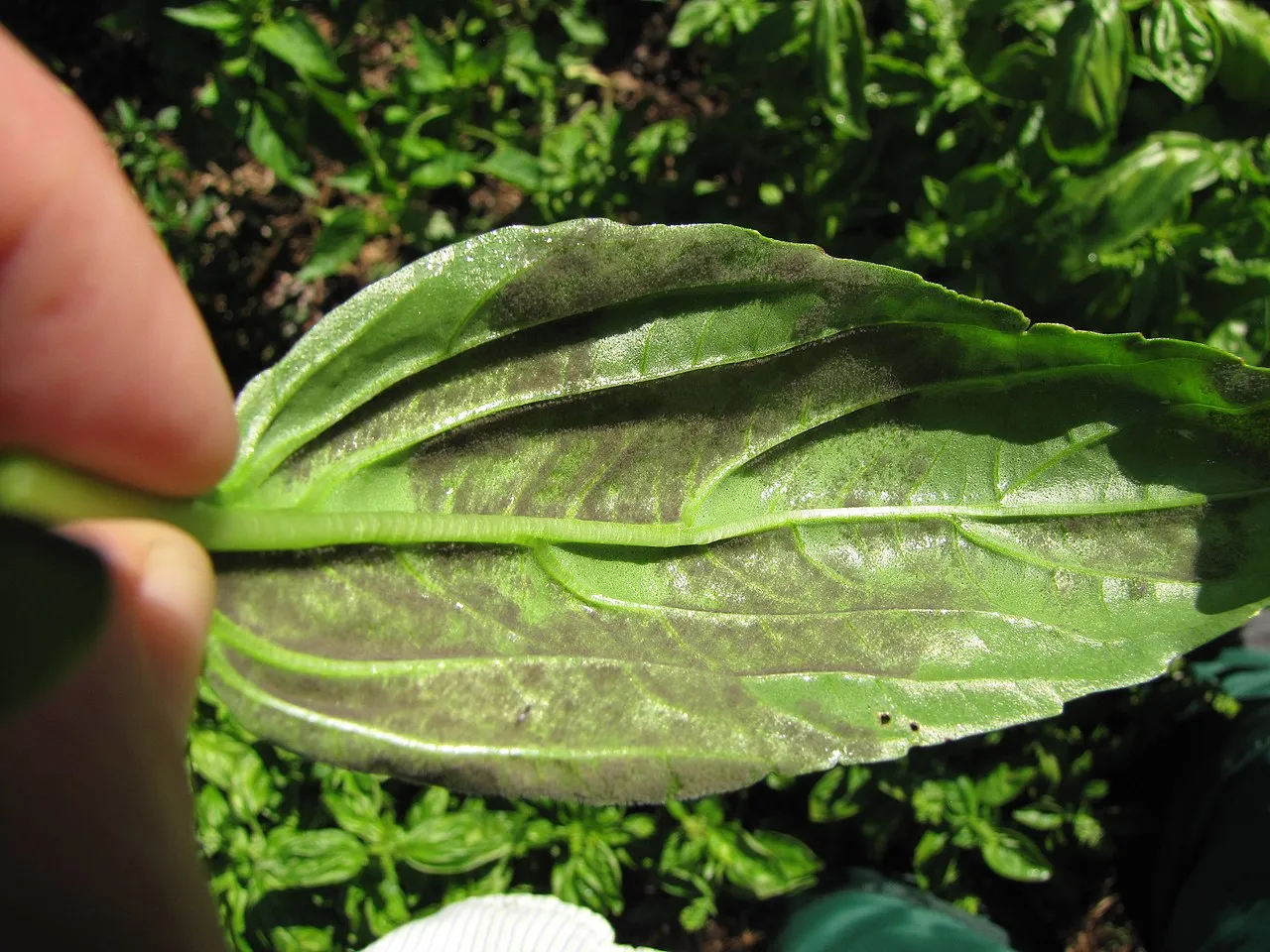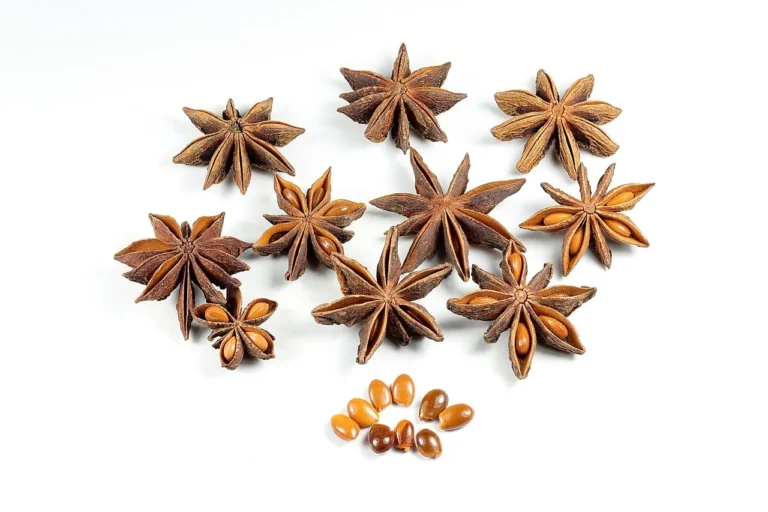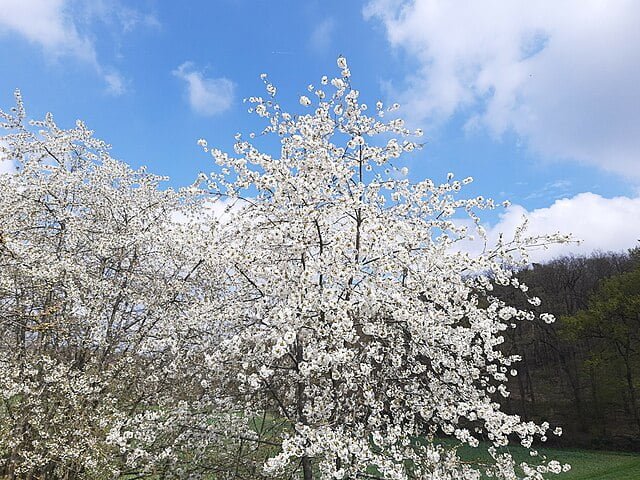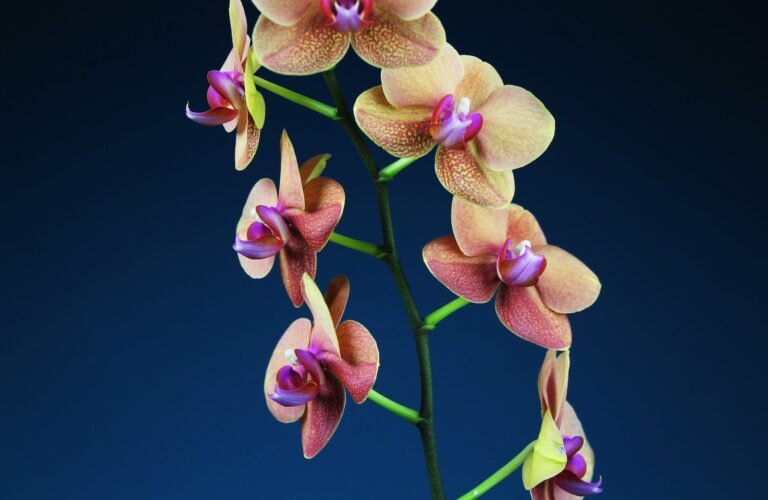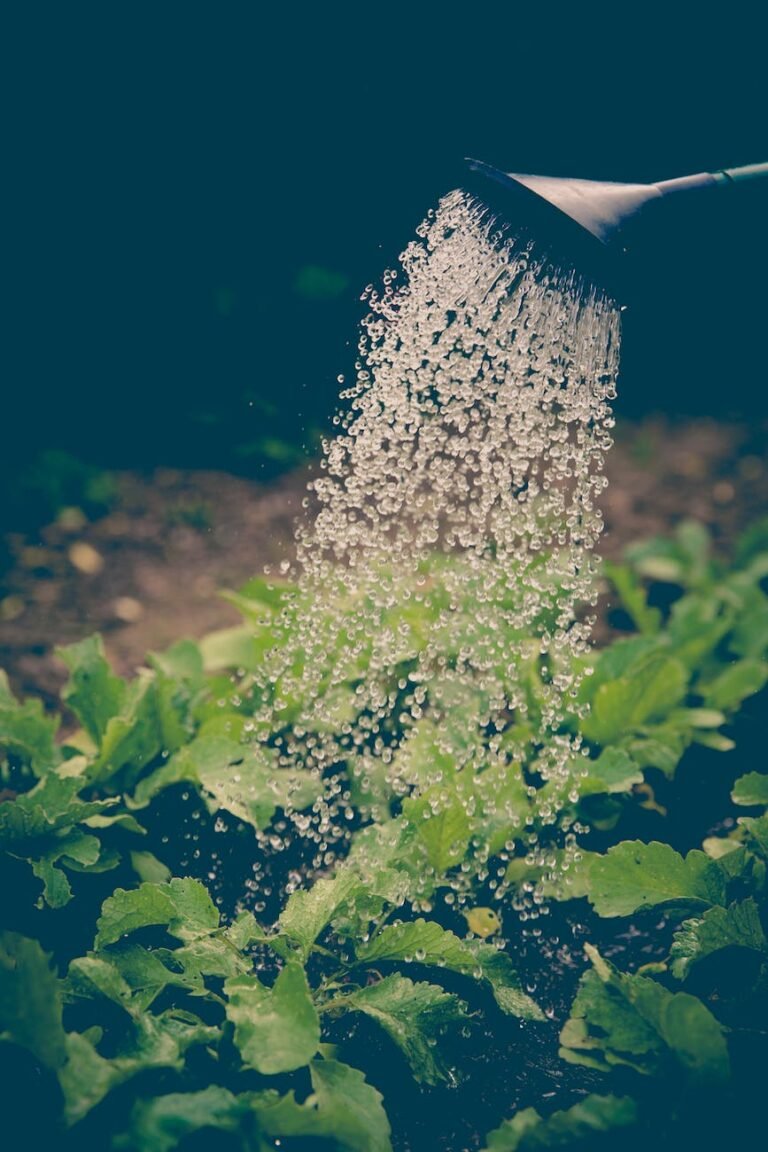Tackling Downy Mildew: A Comprehensive Guide for Gardeners
Downy mildew is a common plant disease characterized by fluffy or downy growth on the undersides of leaves, leading to yellowing, wilting, and even plant death. Affecting a variety of plants under wet or humid conditions, it’s crucial for gardeners to understand how to manage this disease effectively. Here’s everything you need to know about downy mildew.
Identifying Downy Mildew
Downy mildew symptoms vary among host plants but often include:
- Leaf Spots: Yellow or pale green spots on the upper leaf surfaces.
- Downy Growth: White to purple fluffy or downy growth on the underside of leaves, especially in moist conditions.
- Wilting and Distortion: Affected leaves may curl, distort, or drop prematurely.
Causes and Conditions Favouring Downy Mildew
Downy mildew thrives in wet, humid conditions, especially when temperatures are cool to moderate. The pathogens spread through wind-dispersed spores, which require water to germinate and infect plants. Overcrowded gardens with poor air circulation and plants with wet foliage are particularly susceptible.
Preventive Measures
- Improve Air Circulation: Space plants properly and prune overcrowded areas to promote air flow and reduce leaf wetness.
- Water Wisely: Water plants at their base in the morning to allow foliage to dry before evening. Avoid overhead watering.
- Resistant Varieties: Whenever possible, plant varieties that are resistant or less susceptible to downy mildew.
- Sanitation: Remove and destroy infected plant material immediately. Keep the garden free of debris where pathogens can overwinter.
Managing Downy Mildew
- Fungicides: Apply fungicides labeled for downy mildew control at the first sign of disease. Organic options include copper-based fungicides and potassium bicarbonate. Chemical fungicides may be necessary for severe infections but use them as a last resort and follow label instructions.
- Cultural Controls: Rotate crops and avoid planting susceptible plants in the same location year after year. Use floating row covers to protect plants, especially during periods of high humidity or when downy mildew has been a problem in the past.
Aftercare and Monitoring
After treating for downy mildew, continue to monitor your plants closely for new signs of disease. Adjust your gardening practices to prevent future outbreaks, focusing on improving plant vigour and reducing conditions favourable to the pathogen.
Final Thoughts
Downy mildew can be a challenging disease, but with vigilant monitoring, preventive strategies, and timely interventions, gardeners can protect their plants from damage. Understanding the conditions that favour the disease and employing a combination of cultural, physical, and, when necessary, chemical controls, you can maintain a healthy, thriving garden.

